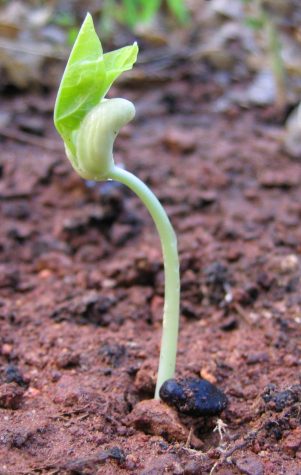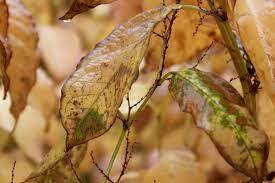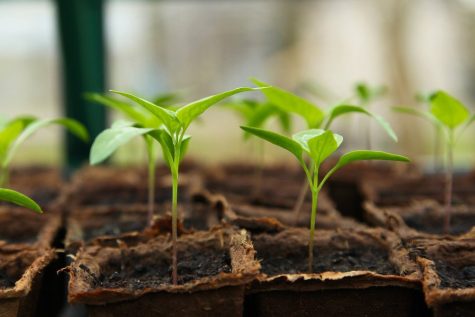Plant some seeds this spring!
April 12, 2022
With the spring growing season quickly approaching, and Arbor Day right around the corner, many people are thinking about starting a garden or growing a few plants of their own. In this short guide, I will go over how to properly grow and take care of your plants, and make sure you can get off to a great start this spring.
Step 1: Planting the Seed

Before all else, you will have to properly plant the seed so that it can begin to germinate and grow.
What you’ll need:
- Seed(s)
- A pot with drainage holes
- Seed compost
- A tray (for underneath the pot)
How to sow the seeds:
- Fill your pot with seed compost.
- Moisten the seed compost.
- Place a few seeds in a circle in the seed compost and evenly space them out.
- Push the seeds around half an inch beneath the seed compost.
- Once the seeds begin to germinate, make sure they get a good amount of sunlight and water.
- When the plants get bigger, transfer them either into their own pots or into your garden plot.
Step 2: Maintaining the Plant
To make sure that you can eventually harvest food from your garden, you will have to take care of your plants as best you can. Below I cover how to take care of your plant so it will be as healthy as possible.
How to take care of a plant:
- Make sure your plant gets a healthy amount of sunlight.
- Water your plant regularly.
- Add fertilizer every few weeks.
- Make sure your plant is in a comfortable environment.
- While it is in its pot, make sure to empty the water collection tray beneath it.
Step 3: Managing Issues

Various complications can arise while caring for a plant. In the following section, I cover a few of the most common issues that growers face and how to treat them.
Remedies for common issues:
- Pests: For most pests, such as whiteflies and aphids, insecticidal soap is the best option to get rid of them and keep your plant pest-free.
- Wilting leaves: Wilting leaves can be a sign of many different things, so it is important to identify the issue. It can be caused by too much or too little water and or sunlight, so an adjustment in either may help. Wilting leaves can also be caused by root rot, which is covered below.
- Root rot: Uproot the plant, trim the affected roots and leaves and replant it in a cleaned pot. In most cases, root rot is caused by the plant sitting in water for too long, so to prevent it, all you need to do is drain the tray underneath the pot. Root rot can also be caused by a fungus, so fungicide may be an option as well.
Hopefully, this short guide will help anyone looking to begin growing plants this spring. Of course, there are a plethora of online resources available for any of the issues not covered in this article, but this should set you off on the right path, good luck!


